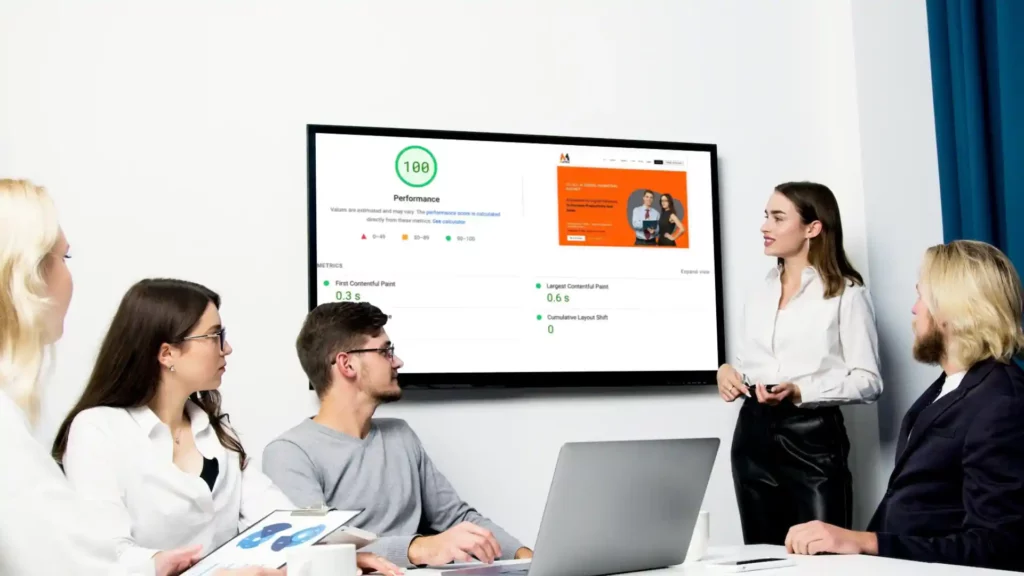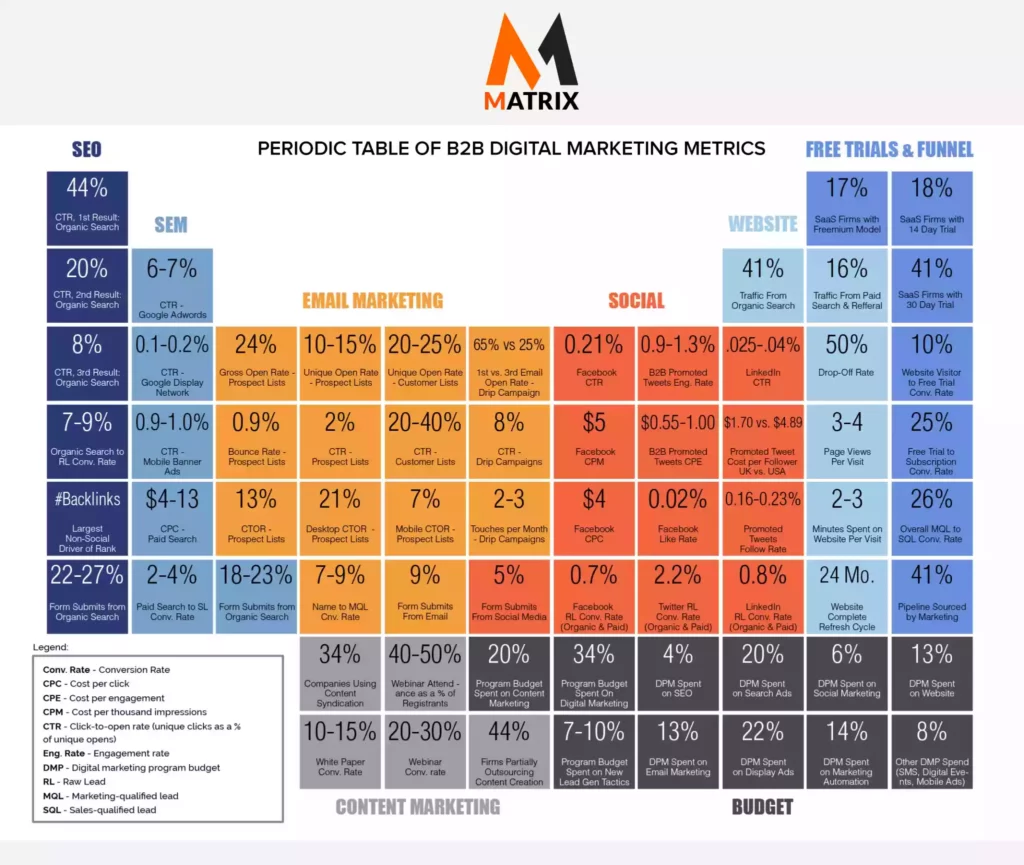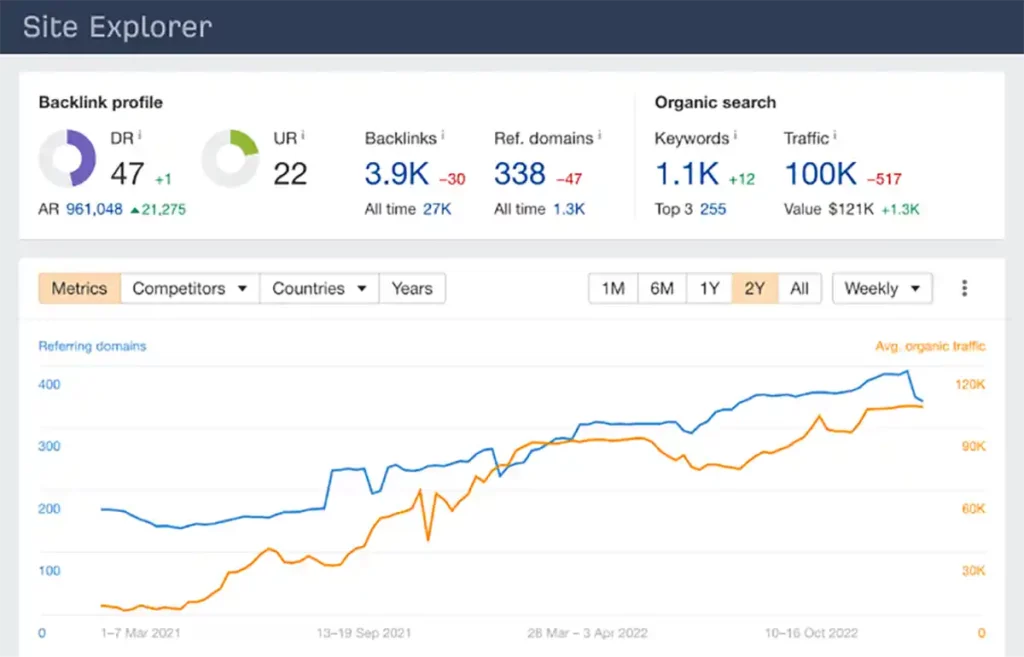How To Set Up An Integrated Marketing Campaign For A Pest Control Company
How to set up an integrated marketing campaign for a pest control company
Absolutely! Here’s an engaging introduction designed to spark curiosity for your article, “How to Set Up an Integrated Marketing Campaign for a Pest Control Company”:
Tired of Your Pest Control Marketing Feeling Like a Swat in the Dark?
Picture this: You’re a pest control expert, ready to squash those pesky critters for good. But when it comes to marketing, you feel like you’re chasing your tail. Random social posts, sporadic flyers…nothing seems to generate that steady buzz of new customers.
You’re not alone. Many pest control companies need help to get their message heard above the noise. But what if there was a way to streamline your marketing, amplify your results, and turn every outreach effort into a targeted strike against uninvited guests?
Introducing the Power of Integrated Marketing

Integrated marketing is like assembling a precision pest-control arsenal. It means combining different tactics – website, social media, email, even good old-fashioned mail – to create a cohesive, powerful strategy that reaches your ideal customers exactly where they are.
Think of it like this: Instead of isolated attacks, you’re building a strategic web, trapping leads and transforming them into loyal clients. Ready to transform your marketing into a well-oiled, pest-eliminating machine? Let’s dive in!
Absolutely! Here’s a look into the pains and desires that drive small business owners when it comes to marketing:
The Struggle is Real: Pains of Marketing for Small Businesses
As a small business owner, you wear many hats—expert, salesperson, manager, and (reluctantly) marketer. Marketing feels like a necessary evil, but it’s a constant battle against limited resources, a crowded marketplace, and the nagging question: Is any of this working?
You know marketing is vital, but it comes with major pain points: time constraints, budget worries, feeling overwhelmed by options, and difficulty measuring results. You want to see real returns, not just toss money and effort into a void.
Dream Big: The Desires that Drive Marketing Efforts
But behind those struggles is a powerful desire for your business to thrive. You long for a marketing strategy that feels streamlined and effective. You dream of:
- Clear results: Knowing which marketing efforts pay off and which to ditch.
- Increased reach: Connecting with your ideal customers consistently.
- Simplified processes: Marketing that doesn’t consume every waking hour.
- A competitive edge: Standing out in a saturated market.
Beyond Buzzwords: The Struggle with Integrated Marketing
You’ve heard the hype – integrated marketing is the future! But putting it into practice feels less like a magic solution and more like a confusing puzzle. Common pain points include:
- Complexity: Juggling multiple channels and tools can feel overwhelming, especially for smaller teams.
- Data overload: Figuring out what metrics matter and how to track them across platforms causes headaches.
- Lack of confidence: It’s hard to know if your integrated approach is truly optimized or if you need key opportunities.
The Dream of Attribution: What Success Looks Like
While the road might be bumpy, the desire for clear results drives your efforts. You long for an integrated marketing system that:
- Demystifies ROI: You want to see which channels bring in the most valuable leads and customers.
- Justifying spending: Attribution lets you invest your marketing dollars confidently, maximizing what works and eliminating the rest.
- Unlocks strategic insights: Understanding the customer journey fuels smarter decisions, from content creation to advertising spend.
Is Your Marketing a Shot in the Dark? A Small Business Owner’s Guide to Integrated Campaigns with Attribution
Let’s be honest—as a small business owner, I’m often blind regarding marketing. I toss money at Facebook ads, blast out newsletters, maybe even print some flyers… and then I cross my fingers, hoping something sticks. Sound familiar?
The thrill of running your show is undeniable, but the constant marketing scramble? Not so much. Time is precious, budgets are tight, and I need to know my hard-earned dollars are turning into paying customers.
Cracking the Code: Integrated Marketing to the Rescue
That’s when I stumbled upon the world of integrated marketing. The promise was enticing: a strategic approach where all your marketing channels work together, creating a seamless experience for potential customers. But even more importantly, this “attribution” would let me track where those customers came from. No more guessing games!
But let’s get real——the idea also felt intimidating. There were complex marketing tools, confusing jargon, and the fear that I needed a full-time marketing expert just to figure it all out.
From Overwhelmed to Empowered: A Small Business Journey
Determined to make my marketing work harder, I dove in. I wasn’t going to lie – it was a bumpy ride at first. But with some research, trial and error, and stubbornness, I started to piece things together. Here’s what I discovered:
- The Power of Planning: Integrated marketing is about doing only some things simultaneously. It’s about identifying those few key channels that best reach my ideal customers and mapping out how they interact throughout the buyer’s journey.
- Attribution as a Game-Changer: Understanding that a customer may have seen a social media post, clicked on an ad, and then visited my website before finally booking a service transformed how I view marketing. It’s not a single action; it’s a process!
- Tech Tools are Your Friend: Yes, plenty of fancy software exists, but I found that even simple (and often free) tools helped me track website traffic, social media engagement, and email opens. Data became my guide.
The Small Business Win
The results? While not a magic bullet, my integrated approach with attribution has made a tangible difference. I’m making smarter decisions, ditching ineffective tactics, and doubling down on what works. It’s brought a sense of control and excitement to my marketing efforts. My business doesn’t need a million-dollar marketing budget, just a targeted, measurable approach!
Bugs You About Marketing? Squash It with an Integrated Campaign!
Do you own a pest control company? Then, you’re an expert at eliminating unwanted critters. But when it comes to marketing, are you feeling a little… buggy? You’re not alone. Many pest control businesses struggle to stand out in a crowded marketplace. Flyers here, social media posts there – it feels like a scattershot approach, leaving you wondering, “Is any of this working?”
There’s a better way. Imagine a marketing strategy that’s as targeted as your pest control services. Enter the world of integrated marketing campaigns with attribution. It’s a powerful strategy that combines different marketing channels – website, social media, email, and even good old-fashioned mail – into a cohesive force.
Think of it like this: Instead of spraying random bug spray, you’re strategically setting traps and bait, maximizing your chances of catching those unwanted leads (in a good way!). But the real game-changer is attribution. This lets you track which marketing efforts attract the most customers, allowing you to focus your resources and eliminate tactics that need to be delivering results.
So, how does this translate to your pest control business? Picture this: A potential customer sees a targeted Facebook ad about mosquito control. They click through and learn more about your services on your user-friendly website. Intrigued, they sign up for your email newsletter, receiving valuable tips on preventing household pests. Finally, convinced of your expertise, they contact you for a free quote.
You can track this entire customer journey through attribution, understanding which touchpoints – ad, website, email – were most influential. This empowers you to refine your strategy, allocating more budget to the most effective channels for attracting new clients.
Ready to ditch the marketing guesswork and create a targeted, results-driven campaign? Keep reading to learn how to set up an effective integrated marketing campaign with attribution for your pest control company!
Stuck in Attribution Attribution? 3 Use Cases to Supercharge Your Integrated Marketing

Integrated marketing campaigns with attribution are a powerful tool, but even the most seasoned marketing manager can get stuck in a rut. Here are 3 real-world use cases highlighting how to use attribution data to identify hidden opportunities and optimize your campaigns:
Case Study #1: Rethinking Your Content Mix
- Before: You’ve consistently created blog posts about various pest control topics, but website traffic still needs to grow. Attribution data reveals that most leads come from social media posts that promote these blogs.
- Afterward, you focus on creating shorter, engaging social media content directly linked to your blog posts. This “snackable” content piques viewers’ interest, driving more traffic to your website’s in-depth content.
- Bridge: This case highlights the power of understanding the customer journey. While long-form content is valuable, social media users may need a shorter nudge to engage.
Case Study #2: Location, Location, Location
- Before: Your email marketing blasts target all subscribers with the same general pest control offers. Attribution data shows a significant portion of your leads come from specific zip codes experiencing a spike in mosquito activity.
- After: You segment your email list based on location, sending targeted campaigns with relevant offers. For example, mosquito-heavy areas receive promotions for mosquito control services.
- Bridge: Location-based targeting leverages attribution to personalize your message, increasing campaign relevance and boosting conversion rates.
Case Study #3: Beyond the Last Click
- Before: You celebrate every website form submission as a successful lead. However, attribution data reveals many submissions occur after multiple touchpoints, like social media ads and website visits.
- After: You reevaluate your definition of a “lead” to include multi-touchpoint interactions, which provides a more holistic view of your customer journey.
- Bridge: Focusing solely on “last-click” attribution can paint an incomplete picture. By considering all touchpoints, you better understand what resonates with potential customers.
These use cases illustrate the power of attribution data in uncovering hidden gems within your marketing campaigns. By analyzing these insights, marketing managers can make data-driven decisions, maximize ROI, and attract high-quality leads.
Craft a Pest Control Marketing Masterplan: A Step-by-Step Guide

Ready to create a pest-control marketing campaign as effective as your extermination techniques? A multi-channel approach, combined with the insights gleaned from evolving user behavior, will ensure your message reaches your target audience precisely where they’re lurking – er, looking! Here’s a breakdown of how to get started:
Step 1: Know Thy Enemy (and Thy Customer)
Before launching into tactics, understand the pests plaguing your region and the homeowners most affected. Is it mosquitos in summer? Ants year-round? This informs your messaging and the timing of your campaigns. Additionally, identify your ideal customer:
- Are they families concerned about backyard safety?
- Are high-end homeowners meticulous about their property?
- Businesses needing ongoing pest prevention?
Step 2: Build Your Digital Fortress
Your website is your online headquarters. Ensure it’s:
- Optimized: Use relevant pest-related keywords (think “termite control [your city]”) to boost search engine visibility.
- Informative: Clear service descriptions and problem-solving blog posts build trust.
- Easy to Navigate: Contact forms and online booking options encourage leads.
Step 3: Deploy Your Social Media Arsenal
Choose platforms popular with your target audience (Facebook, Instagram, Nextdoor for hyper-local targeting). Mix your content:
- Eye-Catching visuals: Infographics on common pests, “before and after” treatment shots.
- Expert Tips: Short videos on spotting pest infestations DIY prevention tips.
- Testimonials: Happy customers are your most powerful sales weapon.
Step 4: The Power of Paid Ads
Targeted digital advertising helps you reach beyond your current audience. Strategies include:
- Seasonal targeting: Ramp up ad spend when specific pests are most active.
- Retargeting: Ads shown to people who’ve visited your website keep you top-of-mind
- Location-based ads: Target homeowners in specific neighborhoods or zip codes.
Step 5: Analyze and Adapt (The Secret Weapon)
This is where the magic happens! Tracking is key. Use tools like:
- Google Analytics: Understand how people find your website and what they do once there.
- Social media insights: Monitor engagement metrics (likes, shares, comments) on each platform.
- Attribution software: Track the full customer journey, from initial ad clicks to service booking.
Staying One Step Ahead: Monitoring Evolving User Behavior
The marketing landscape changes as fast as a cockroach scuttling away! Stay informed:
- Google Trends: Track search interest in pest control terms to anticipate seasonal spikes.
- Industry blogs and forums: See what concerns homeowners are discussing and tailor your messaging accordingly.
By regularly analyzing data and monitoring shifting behaviors, you can refine your multi-channel campaign, maximize your reach, and attract a steady flow of pest-free (and happy) customers!
Outsmart the Competition: Your Pest Control Marketing Blueprint
Think your pest control marketing needs some serious extermination? Creating a multi-channel strategy is the key to reaching more customers, building trust, and ultimately squashing your competitors.
This step-by-step guide outlines the essentials. From optimizing your website to mastering paid advertising, you’ll gain the blueprint to design a targeted campaign that leverages the latest trends in how homeowners research pest control services.
But here’s the secret weapon: analyzing data and understanding those evolving user behaviors truly set you apart. Regularly monitoring campaign results allows you to adapt your strategies, ensuring you’re always one step ahead of the game.
Why Matrix Marketing Group?
We don’t just talk the talk – we live and breathe digital marketing. Our team of experts stays up-to-date on the latest pest control marketing trends and understands what resonates with homeowners. Matrix Marketing Group offers:
- Data-driven strategies for maximum ROI.
- Personalized campaigns tailored to your specific needs.
- Ongoing analysis and optimization to ensure continuous growth.
Ready to turn your pest control marketing from a nuisance into a powerful sales machine? Contact Matrix Marketing Group today, and let’s build a campaign that gets results.

